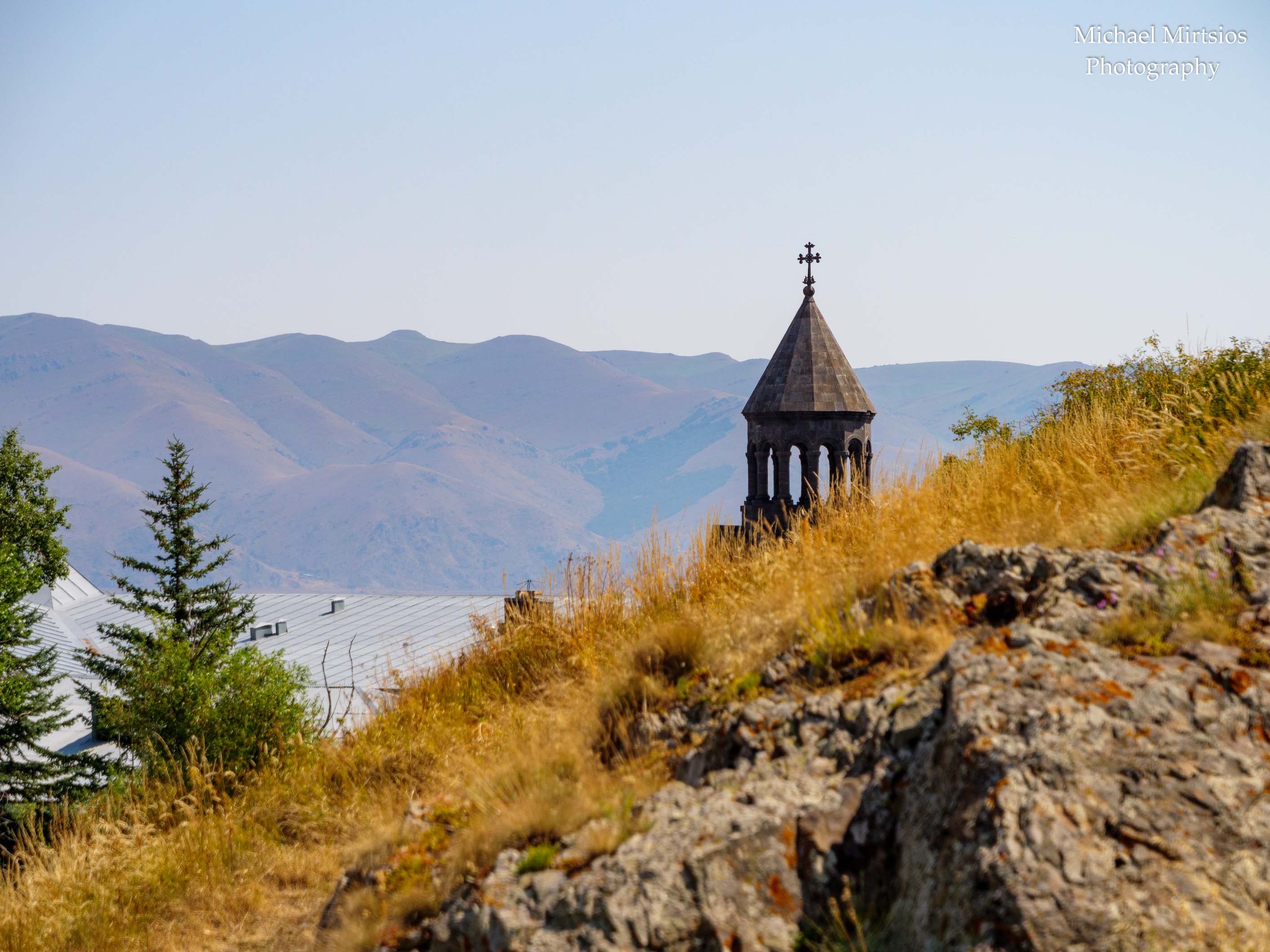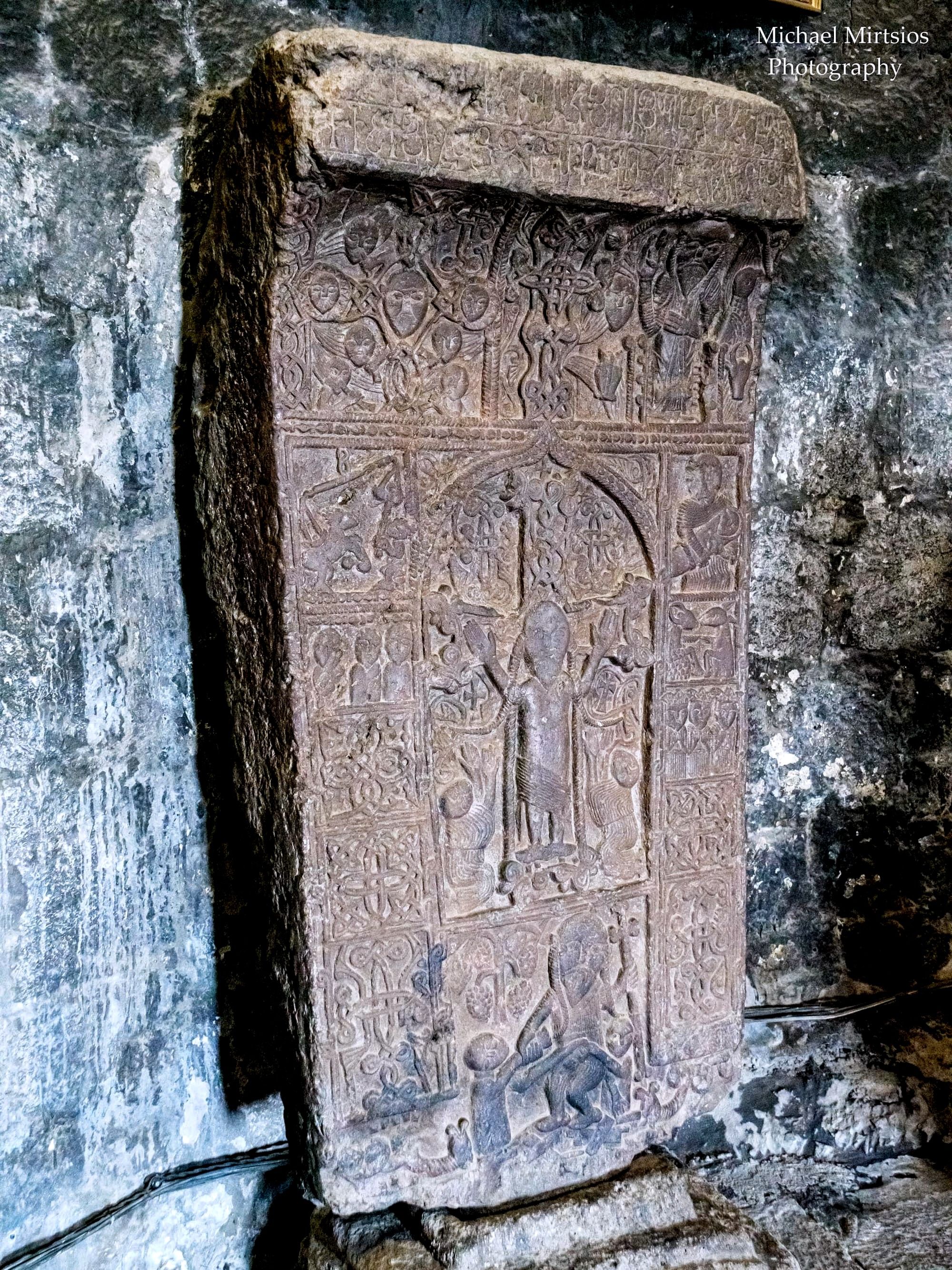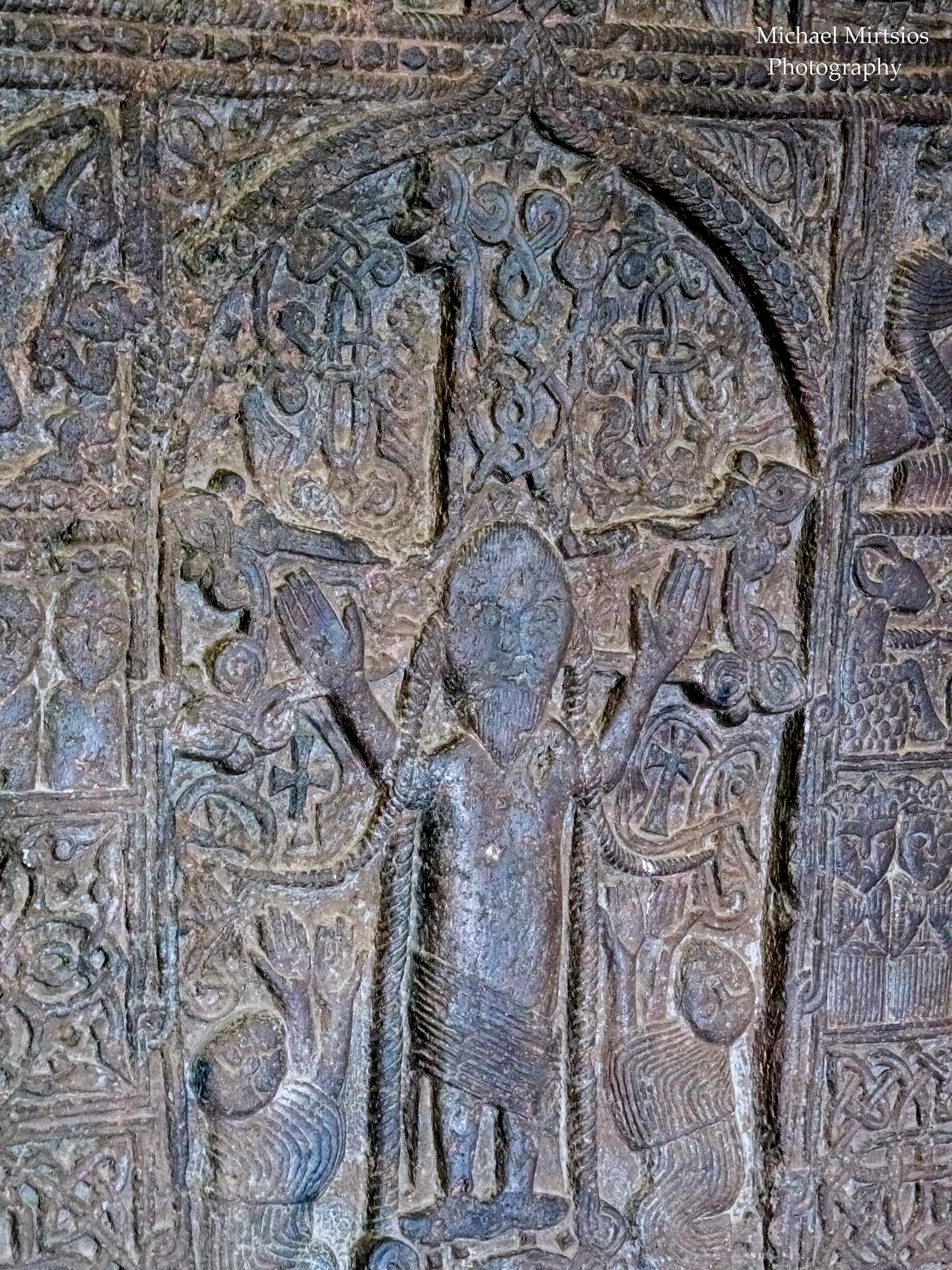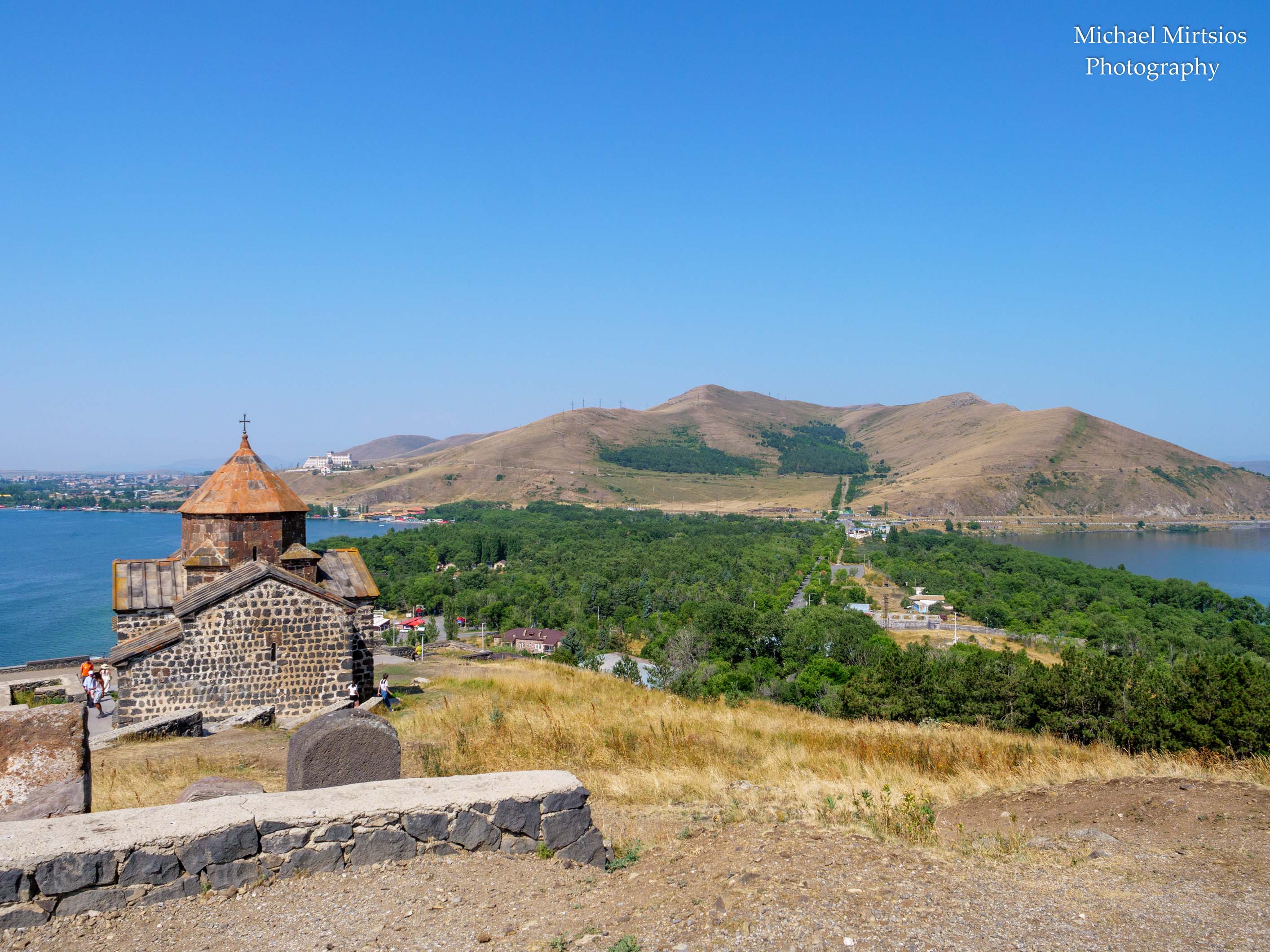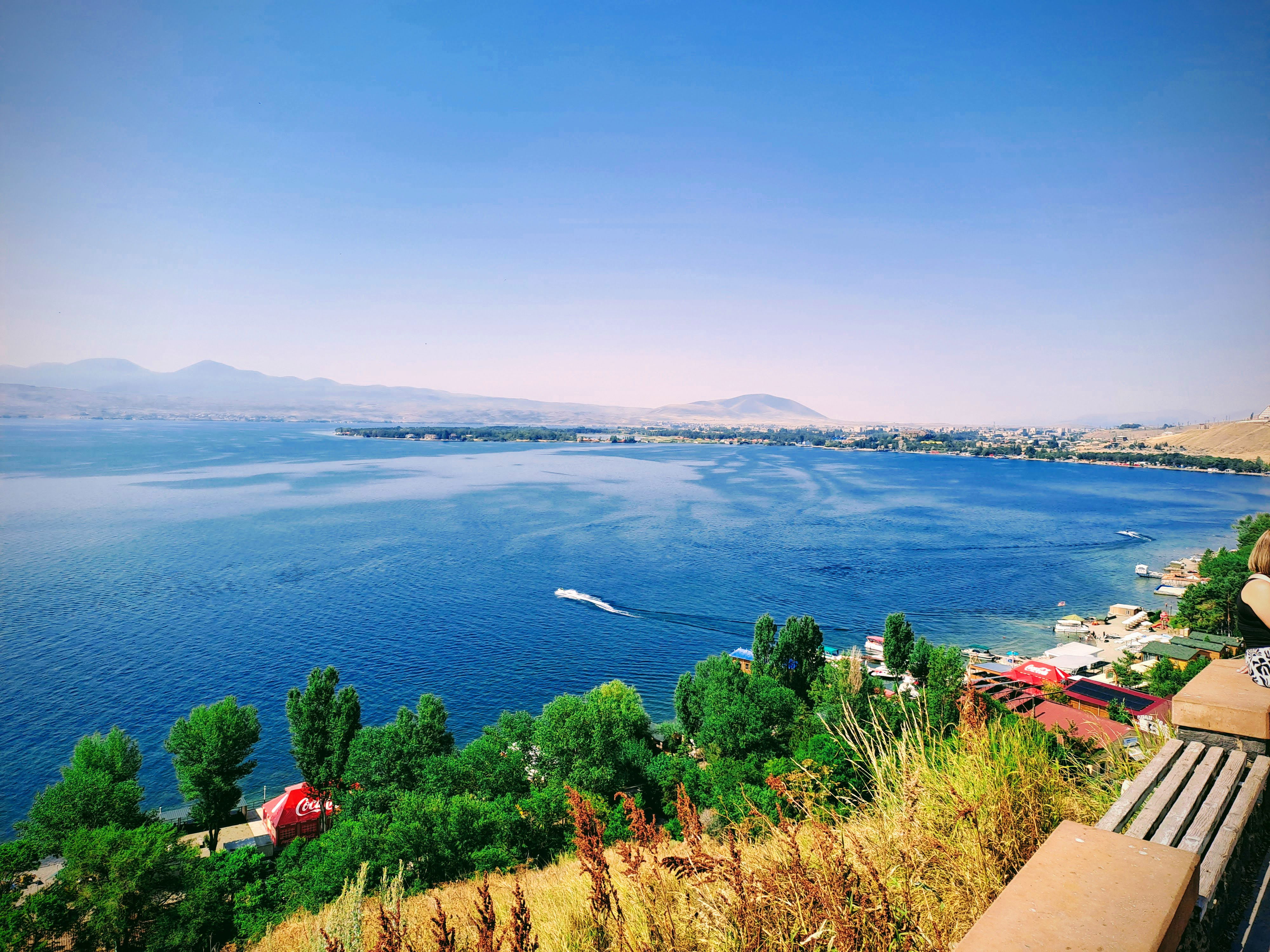Lake Sevan and Sevanavank Monastery
A Tale of Azure Waters and Ancient Stones: Lake Sevan and Sevanavank Monastery
Glistening under the Armenian sun, Lake Sevan is a vast expanse of azure that has been the heart of the nation for centuries. Perched on what was once an island on this magnificent body of water stands the stoic Sevanavank Monastery, a testament to Armenia's enduring faith and rich history.
Nestled in the Gegharkunik Province, Lake Sevan is the largest lake in the Caucasus region and one of the world's largest high-altitude freshwater lakes. Often called the "Blue Pearl of Armenia," it sits at an elevation of about 1,900 meters above sea level and covers a significant portion of the country's territory. This natural wonder is fed by 28 rivers and streams, yet only the Hrazdan River flows out. The lake's coastline is a picturesque blend of thick woods, stark white cliffs, mountain steppes, and alpine meadows. Its waters, known for their changing colors, can appear turquoise on a sunny day and a moody grey when the wind blows. For centuries, Lake Sevan has been a vital resource, providing irrigation, and a significant portion of the fish consumed in the landlocked country. The lake is home to the endangered Ishkhan trout, a local delicacy. The history of Lake Sevan is deeply intertwined with that of the Armenian people. However, the 20th century brought significant challenges. During the Soviet era, the lake's water was heavily exploited for hydroelectric power and irrigation, causing a dramatic drop in its water level of about 20 meters. This environmental shift transformed the island that housed the Sevanavank Monastery into the peninsula we see today.
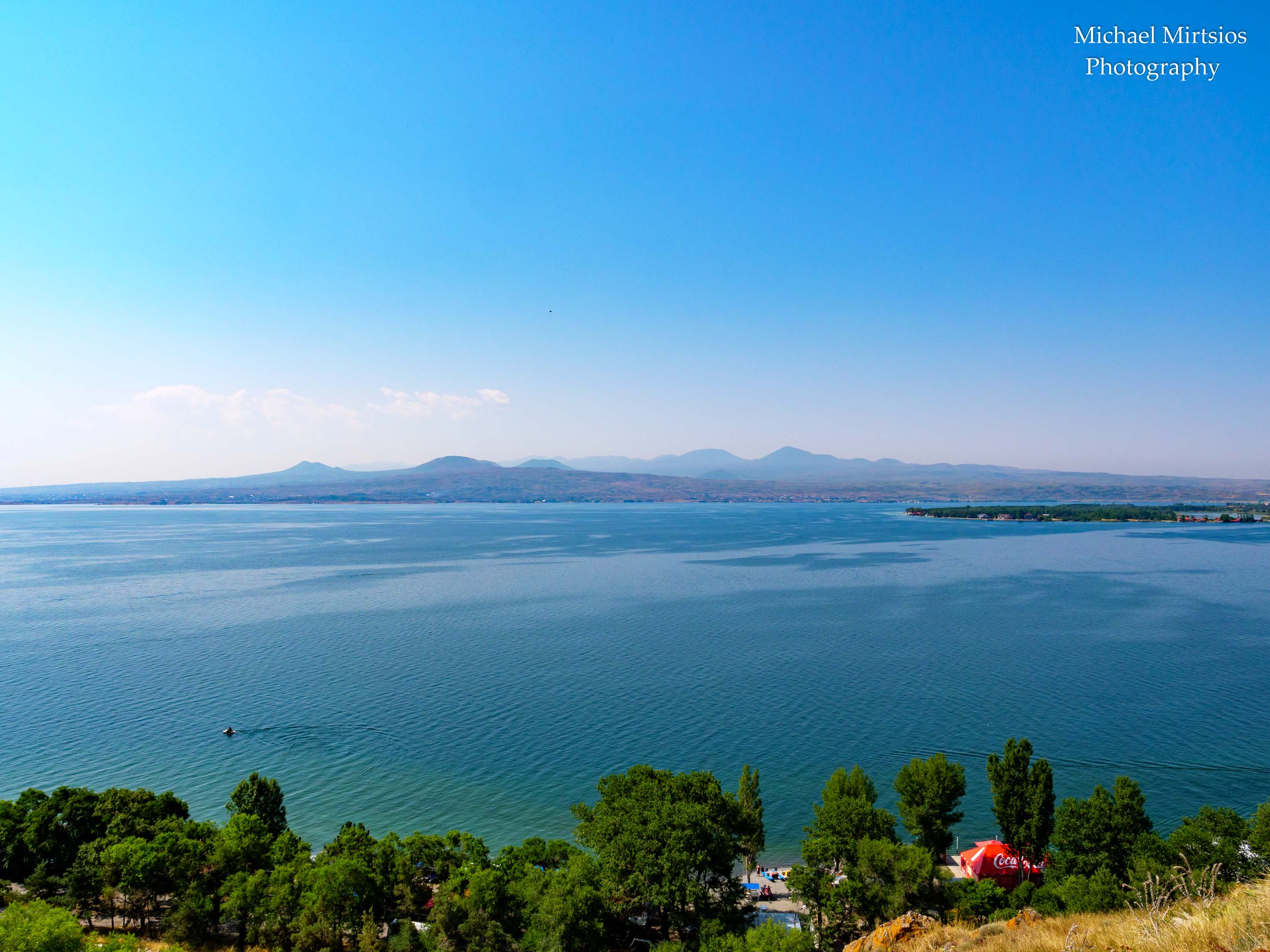
A Fortress of Faith: The Sevanavank MonasteryGuarding the northwestern shore of Lake Sevan is the iconic Sevanavank Monastery.[5] Its story begins in the 9th century, a period when Armenia was striving for independence from Arab rule.[6] According to an inscription, the monastery was founded in 874 by Princess Mariam, the daughter of Ashot I, who would later become a king.[6] Legend has it that the founding was inspired by a vision seen by a monk named Mashtots, who dreamt of twelve apostles walking across the lake and indicating the spot for a new church.[7]Initially, the monastery was built on a small island, a strategic location that offered protection from invaders.[8] It served as a place for ascetic monks and, at times, as a disciplinary center for those who had sinned.[6] The monastery's remote and strict environment fostered a life of piety and scholarship.Sevanavank is comprised of two main churches, Surp Arakelots (Holy Apostles) and Surp Astvatsatsin (Holy Mother of God), both fine examples of medieval Armenian architecture with their cruciform plans and octagonal tambours.[6] These churches were constructed from dark tuff, which may have contributed to the name "Black Monastery."[8]The monastery is also renowned for its numerous intricately carved khachkars, or cross-stones, a unique feature of Armenian Christian art.[9] One of the most remarkable khachkars at Sevanavank depicts Jesus with what appear to be Mongol features, a testament to the artistic styles of the 12th and 13th centuries when Mongol influence was present in the region.[8][10]

A Site of Legends and ResilienceThe history of Sevanavank is not without its share of legends. One famous tale recounts a battle between the Armenian King Ashot II, known as "Ashot the Iron," and Arab forces. Vastly outnumbered, King Ashot took refuge on the island. A wise fisherman advised him to attack the Arabs in their boats at dawn, using the rising sun to blind the enemy. The strategy was successful, and the Armenian forces were victorious.[11][12]Over the centuries, Sevanavank has withstood invasions and periods of neglect. During the Soviet era, the monastery was closed, and one of its churches, St. Astvatsatsin, was demolished in the 1930s.[13] However, the monastery was revived in the 1990s, and a new seminary has been built on the peninsula.[14]Today, Sevanavank is one of Armenia's most visited tourist destinations, drawing visitors with its stunning location, rich history, and spiritual ambiance.[5] The breathtaking views from the monastery, overlooking the vast, shimmering expanse of Lake Sevan, offer a moment of profound peace and a deep connection to Armenia's ancient past. It stands as a powerful symbol of the nation's resilience and unwavering spirit, a beacon of faith on the shores of its beloved blue pearl.
